It’s a fact that scarcely gets mentioned outside of Japan: that all the museums in this place are stocked with robots.
Where in other countries there should be historical dress and obsolescent bits of the industrial age, in Japan there are robots. Sculptures of robots, and paintings of robots, and miniatures of robots, and man-sized, geometric-armour-puzzles of robots bristling with potent, needle-like projections that can only be weapons from the future.
There are bulbous, iron, fallout-suit robots for man and dog, complete with photosynthetic modules holding actual plants, made to carry the fire of life through black times. There are textbook, cardboard-box-and-stovepipe robots, with broad, television-like faces that are only so many generations removed from their furniture ancestors. There are actual furniture robots—chair and record-player, sound-system robots—things that look like husks that were captured and had their guts ripped out to house our much-less-clever technologies. There are steampunk, post-carrier robots with incandescent eyes, and there are shinning, crowned robots who are little more than industrial-age collections of cogs and levers. There are girl robots with long green hair, and boy robots that look like distended, extraterestrial cyborg impressions of man. There are little baby robots with polyester dresses, white plastic skin, and blank, black, staring eyes.
There are pictures of robots you remember from when you were small.
There are prototypes of robots who will render you obsolete.
In the children’s wing, in the community gallery, there is a broad circle of wooden stools, and on each stands a testament to one of the many robots who have already colonized our minds through anime: who’ve been garrisoning off small parts of the Japanese souls since those souls were young. In the community gallery, young people are encouraged to familiarize themselves with practical robots, helping them to navigate mazes and further build their artificial intelligences. In the community gallery, broad sheets of paper cover the walls, and the children are encouraged to draw their own robots. With the ingeniousness of the young, they attack the blanks with pencil crayons, filling the spaces with diabolical creation.
And when the lights in the gallery dim at the end of the day, and all of the children are ushered out into the sweaty Aomori night, the technicians and the engineers take down those doodles from the walls. They study the pencil-crayon schematics and scan them into their complex computers. They birth the next generations of robots from the dreams of babes.

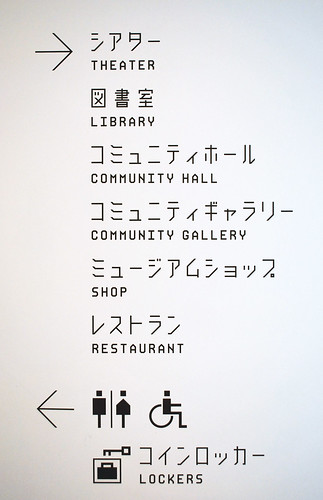
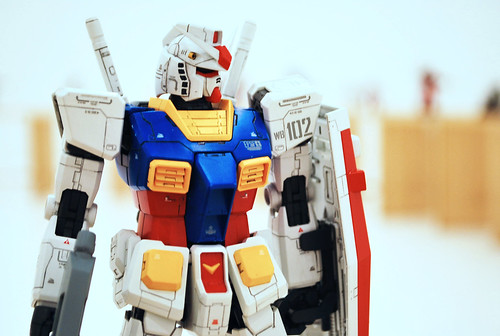


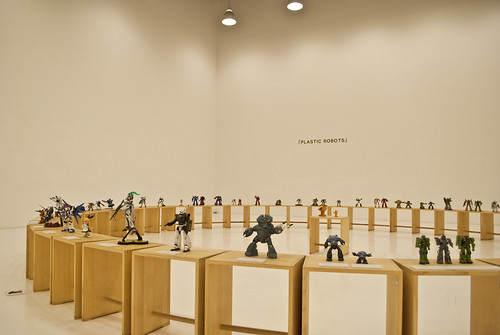
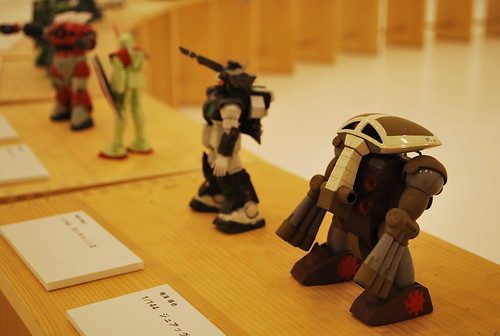

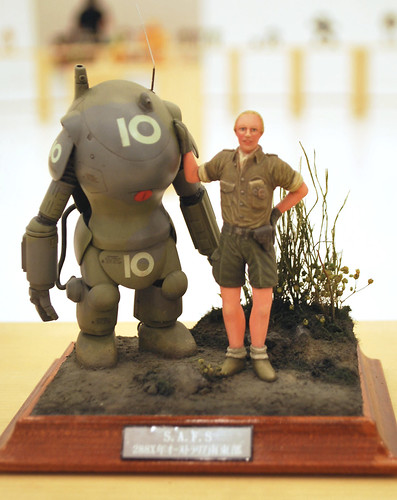
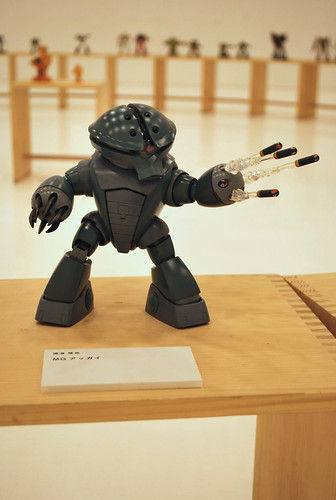
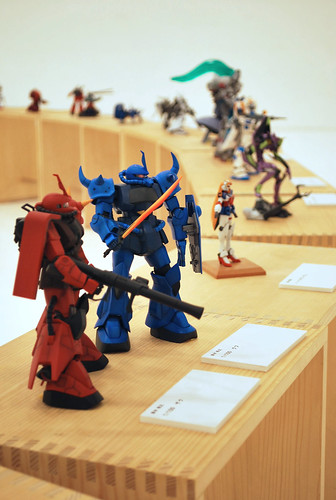

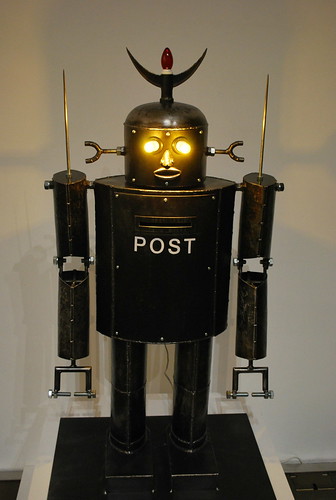
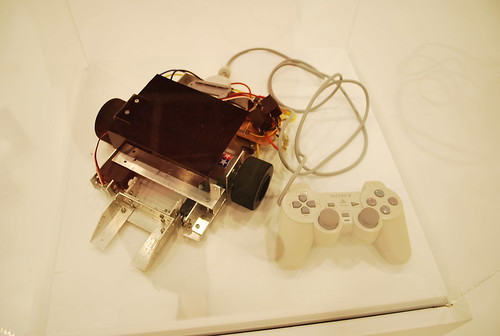

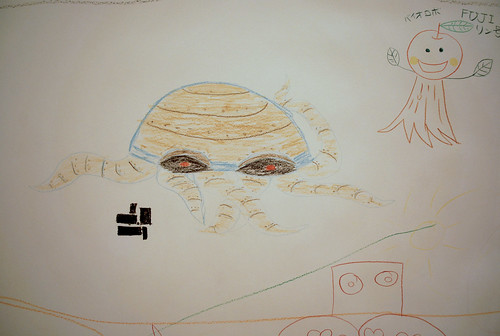
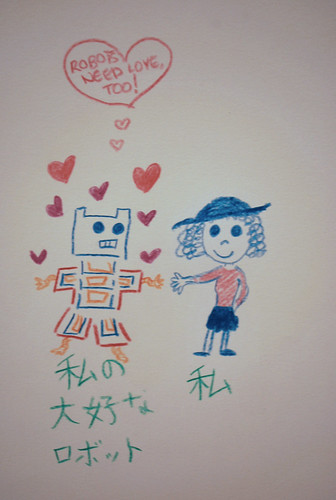
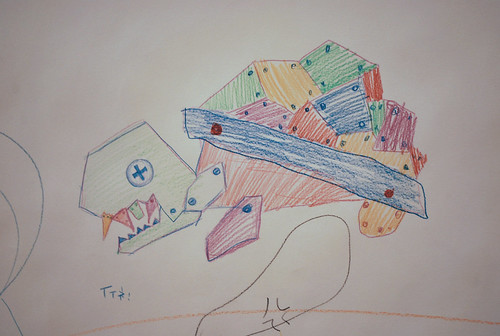
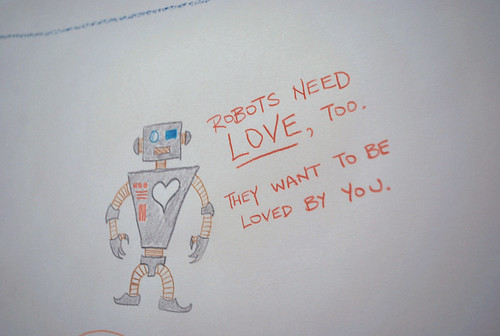
http://www.youtube.com/watch?v=aRcXULN6mp4
ReplyDelete!!!!!!!!!!!!